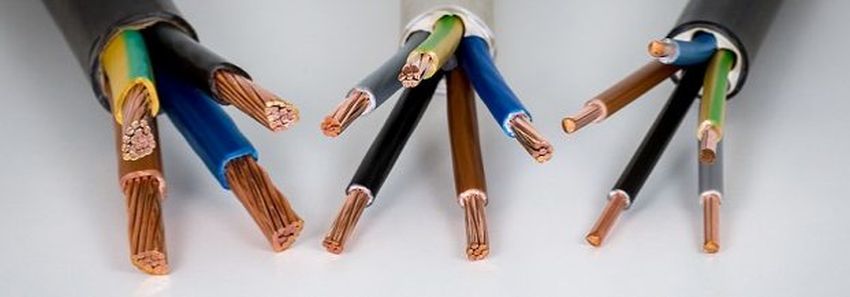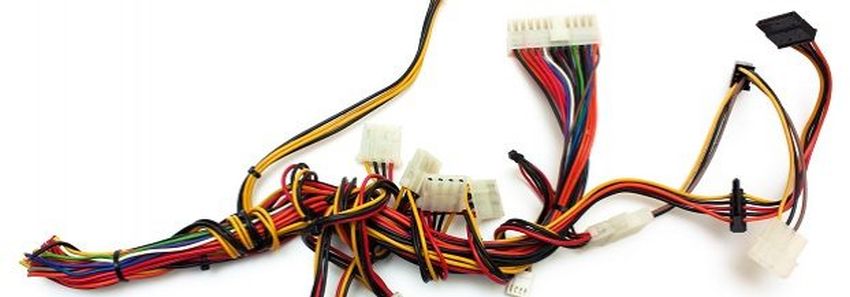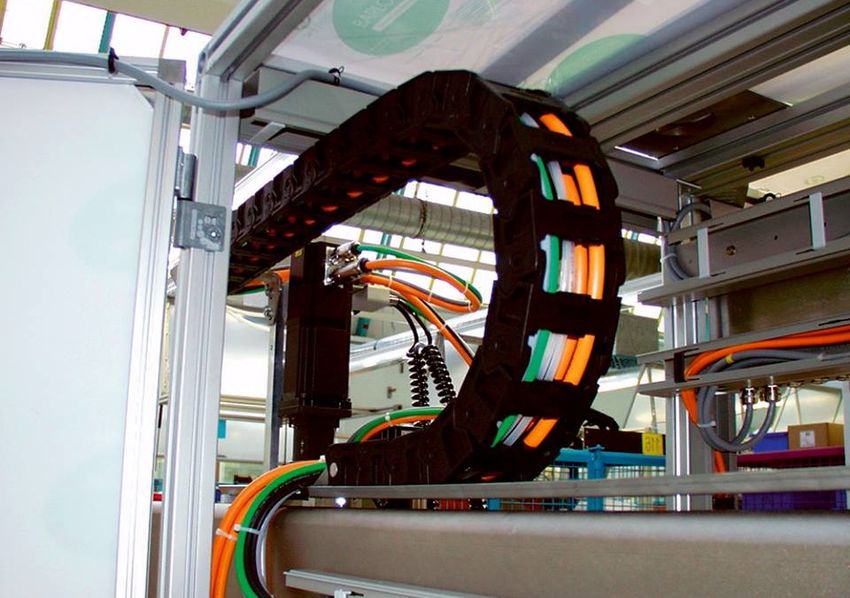The importance of wires and cables in our lives has increased with the advancement in technology. There was a time when managing wiring was a daunting task because of the mess it created. But with time, the introduction of cable assemblies has made life more comfortable. They have made it possible to transmit a greater number of signals systematically.
A cable assembly can save you from a lot of inconveniences by keeping multiple cables organized. In addition to convenience, safety is another reason for using cable assembly. It saves you from many hazards like short circuit and in extreme conditions, even fire. In this blog, we will give you a detailed insight into cable assemblies.
Page Contents
Cable Assembly:

teskablo.com
A cable assembly is the combination of different cables joined together. It has a durable external coating that keeps the wiring safe from external conditions like temperature and moisture. Usually, the outer covering is made up of plastic or vinyl material. Nowadays, they are widely used in different appliances and equipment.
They are designed according to their application and the conditions where they have to be deployed. For example, the cable assembly required for carrying signals within a computer is different than the one used for optic fibers. There are different kinds of cable assemblies available in the market varying in size and shape.
You should consider the application before choosing a cable assembly. For quality cable assemblies, Scondar offers all types that will surely meet your requirements.
When talking about cable assemblies, it is important to tap the subject of the wire harness.
Wire Harness:

source:teskablo.com
It is important first to understand the difference between a wire and a cable. A wire is composed of a thin metallic strand that carries the electric current. On the other hand, the cable is the combination of multiple wires that are covered with an external coating. A wire harness performs the same task that a cable assembly performs but under different circumstances.
The external sheath outside a wire harness is usually made up of thermoset material. The robustness of a wire harness coating is lesser compared to that of a cable harness. Therefore, a wire harness cannot endure adverse external conditions. If you compare the cost of a wire harness with a cable assembly, it is much more cost-efficient. But the effectiveness of cable assemblies makes it the better choice

source:teskablo.com
Types of Cable Assemblies:
Cable assemblies are divided into following types depending on their application and configuration:
Single-Conductor Cable Assembly:
A single conductor cable assembly has a single conductor and can transmit power only in one direction. These kinds of assemblies are made up of a combination of single-stranded wire coated with copper. It is generally used in industries and factories.
Multi-Conductor Cable Assembly:
A multi-conductor cable assembly allows the transmission of current through multiple conductors. The coating of these assemblies depends on their usage. Some multi-conductor assemblies do not use external sheaths. A multi-conductor cable assembly has a longer life as compared to the commonly used copper cables. These assemblies provide high performance and are used in communication systems and high voltage power transmission.
Industrial Cable Assembly:
The industrial cable assembly is widely used for industrial purposes like running heavy machinery. These assemblies are composed of copper conductor along with an outer neoprene coating. They have the ability to carry a large amount of voltage with minimal downtime. It is the most robust type of assembly and can endure adverse external conditions from scorching heat to extreme cold.
Electrical Wire Assembly:
An electrical wire assembly is made up of thermoplastic high-heat resistant nylon (THHN) wire. Copper acts as a conductor in this type of assembly, it employs a nylon coating, and PVC is used as an insulator. It is commonly used in houses for carrying a high supply of power. A single wire in this assembly is capable of carrying up to 600 volts of current. This type of assembly also comes in handy to differentiate between different cables.
Hook-up Wire Assembly:
A hook-up wire assembly consists of a combination of wires made up of a single conductor. The wires used in this assembly are made up of copper and use PVC and silicone rubber for insulation. It does not have the ability to carry a huge amount of currents and performs best while carrying low-voltage. Just like electrical wire assembly, a single hook-up wire in this assembly can carry voltage up to 600 volts.
It is extensively used in different kinds of electronics and vehicles. However, it is not an ideal choice for outdoor usage. The reason behind it is that its external covering is not strong enough to withstand environmental conditions.

source:cableharnessing.co.uk
Advantages of Cable Assemblies:
There are several benefits of using cable assemblies, and some of them are given below:
Transmission of High Quantity of Voltage:
The usage of cable assemblies prevents all kinds of leakages by providing good insulation. Cable assemblies also minimize the electrical disturbances in the wires. This way, the current passes through the cables with high intensity giving better functionality.
Accommodation:
In certain cases, it is impossible to organize wiring for performing a specific function. In such cases, cable assemblies come in handy. They allow you to combine multiple cables to serve the purpose. You can also use a cable assembly for applications that require bending of the wires.
Cost-efficiency:
If you consider the effectiveness of the cable assemblies, it is safe to say that they are very cost-efficient. They are also long-lasting, providing a better return on investment.
Safety:
There is always a threat of an accident while dealing with electrical wiring. However, the use of cable assemblies can save you from a lot of hazards. It saves the wires from the external conductors like moisture and water. Due to this reason, there are lesser chances of electrically-caused fire.

source:meridiancableassemblies.com
Conclusion:
Cable assemblies have proven to be a big relief from a lot of inconveniences associated with electric wiring. Learning the basics will help you use them properly and efficiently in whatever network you’re going to use them.





